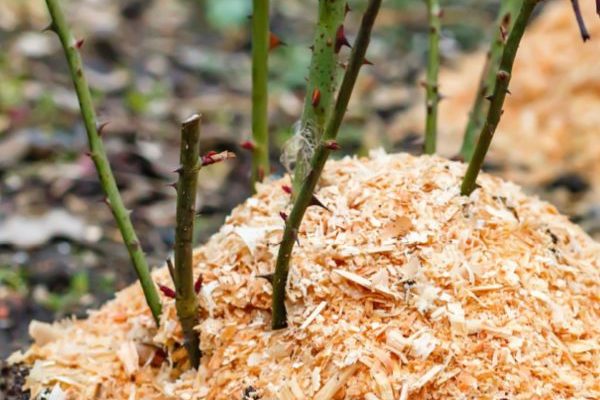How to Save a Dying Rose Bush

Introduction
Roses are known for their elegance, vibrant colors, and alluring fragrance. But what do you do when your once-thriving rose bush begins to wilt and fade? Fear not, for we have created a comprehensive guide on how to save a dying rose bush and bring it back to life.
1. Assess the situation
The first step in saving your rose bush is to thoroughly inspect it for signs of distress. Some common symptoms of a struggling rose bush include yellowing leaves, lack of blooms, weakened stems, and the presence of pests or diseases.
2. Prune damaged areas
If any part of your rose bush shows signs of damage or disease, it’s important to promptly prune those areas. By cutting away dead or dying growth, you will encourage new and healthy growth, as well as improve airflow around the plant.
3. Provide proper care
It’s essential to ensure that your rose bush receives the right amount of water, sunlight, and nutrients needed. Overwatering or underwatering can both result in a dying rose bush. Be sure to provide your plant with adequate water at its base (rather than spraying overhead) and allow it to dry out slightly between watering sessions. Place the rose bush in a location that receives at least six hours of direct sunlight daily.
Rose bushes also require well-draining soil and periodic fertilization. Apply a high-quality fertilizer according to package instructions throughout the growing season while avoiding over-fertilization.
4. Combat pests and diseases
Pests like aphids and spider mites can weaken your rose bush by feeding on its sap, while fungal infections can cause black spots or powdery mildew on leaves. If you notice signs of these issues, take action promptly to prevent further damage.
For insects, you can use insecticidal soaps or horticultural oils according to package directions. For fungal infections, employ a rose-specific fungicide while following the manufacturer’s recommendations. In both cases, maintain proper watering and pruning practices to reduce the risk of recurrent issues.
5. Be patient
Reviving a dying rose bush takes time, effort, and patience. Do not expect immediate results as your plant may require several months or even an entire growing season to fully recover. However, with consistent care and attention, you should see gradual improvement in your rose bush’s health.
Conclusion
Saving a dying rose bush is not an impossible task. By following these steps – assessing the situation, pruning damaged areas, providing proper care, combating pests and diseases, and patiently waiting for recovery – you can help restore your beloved rose bush to its former glory and enjoy its beauty once again.






